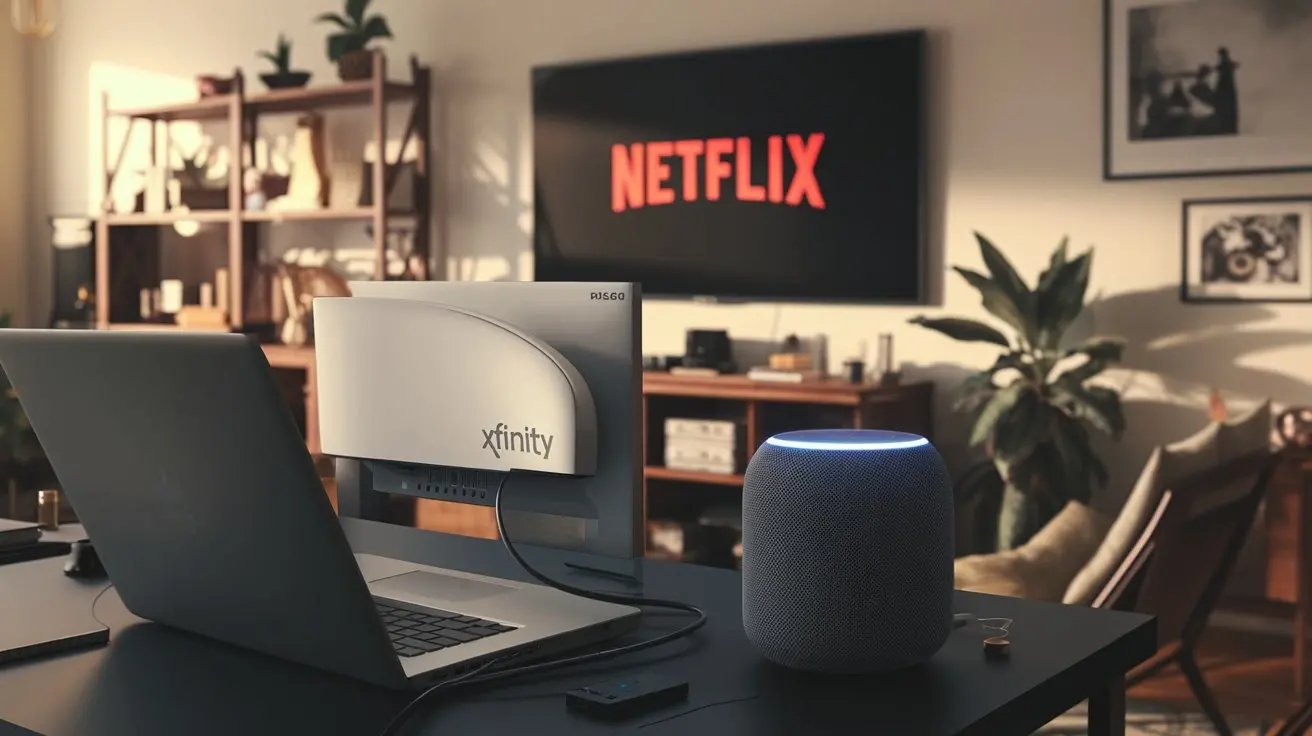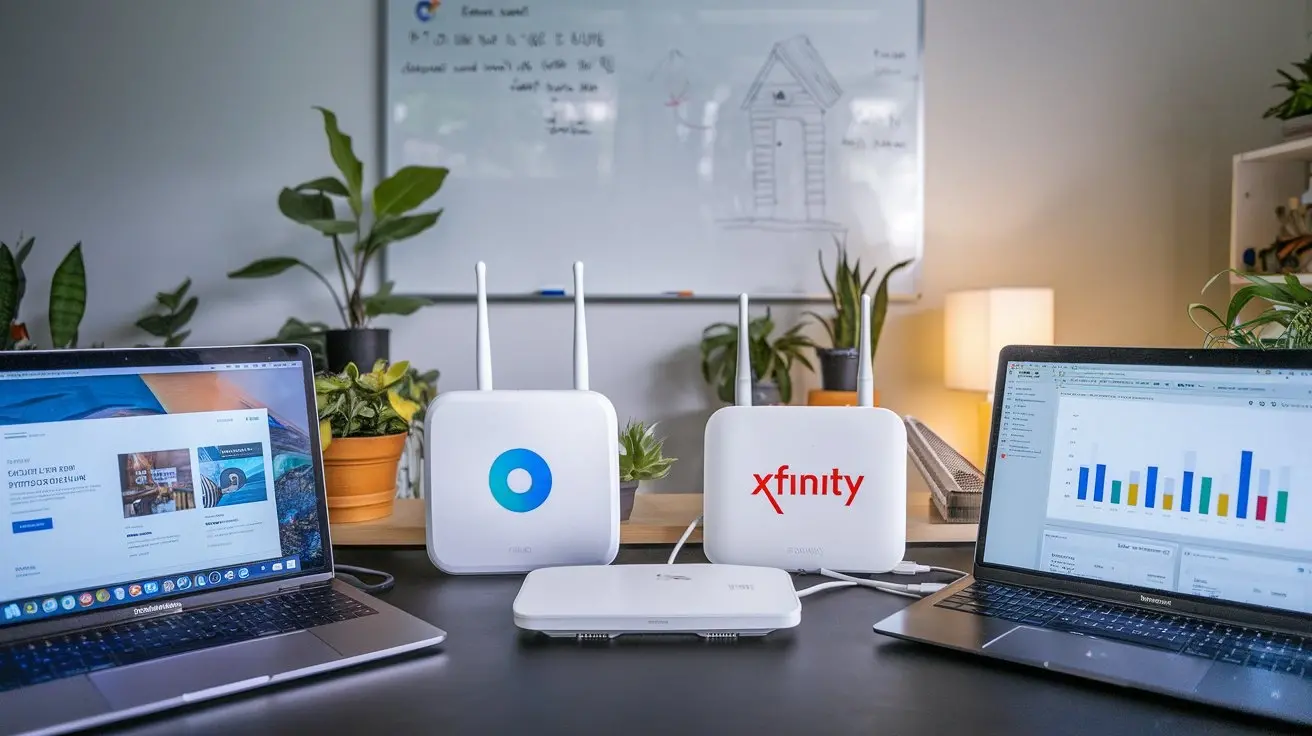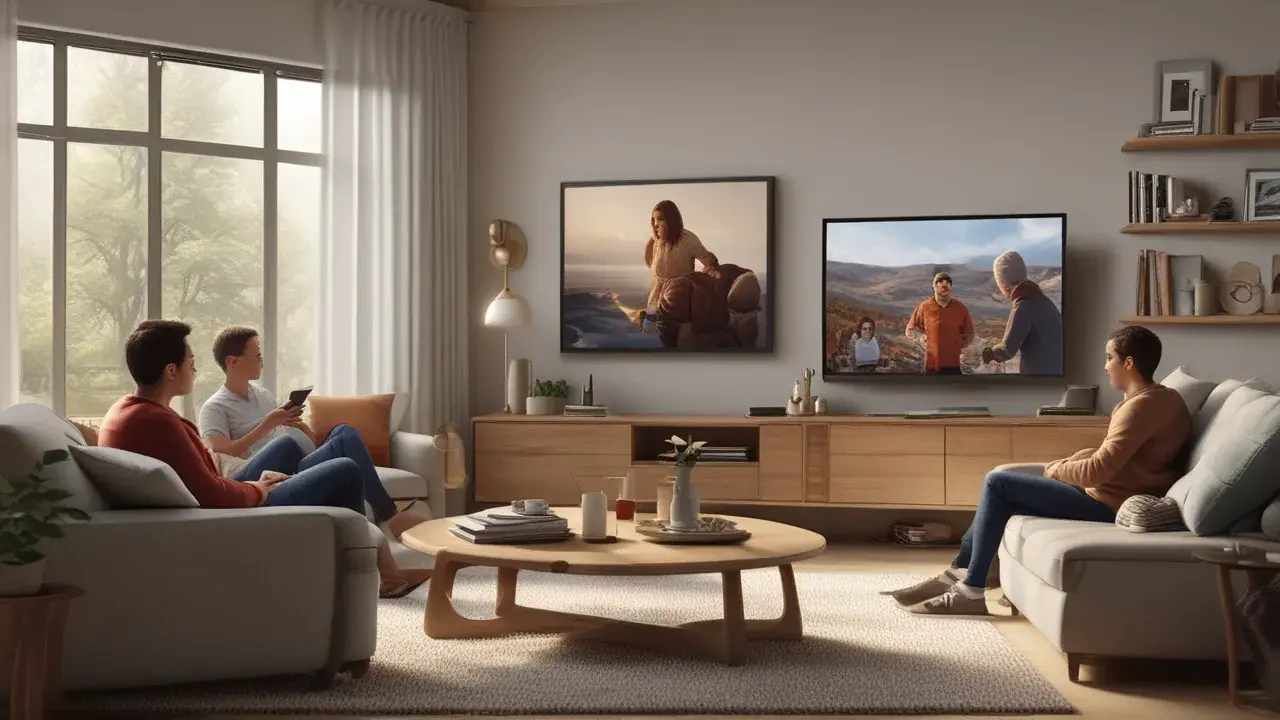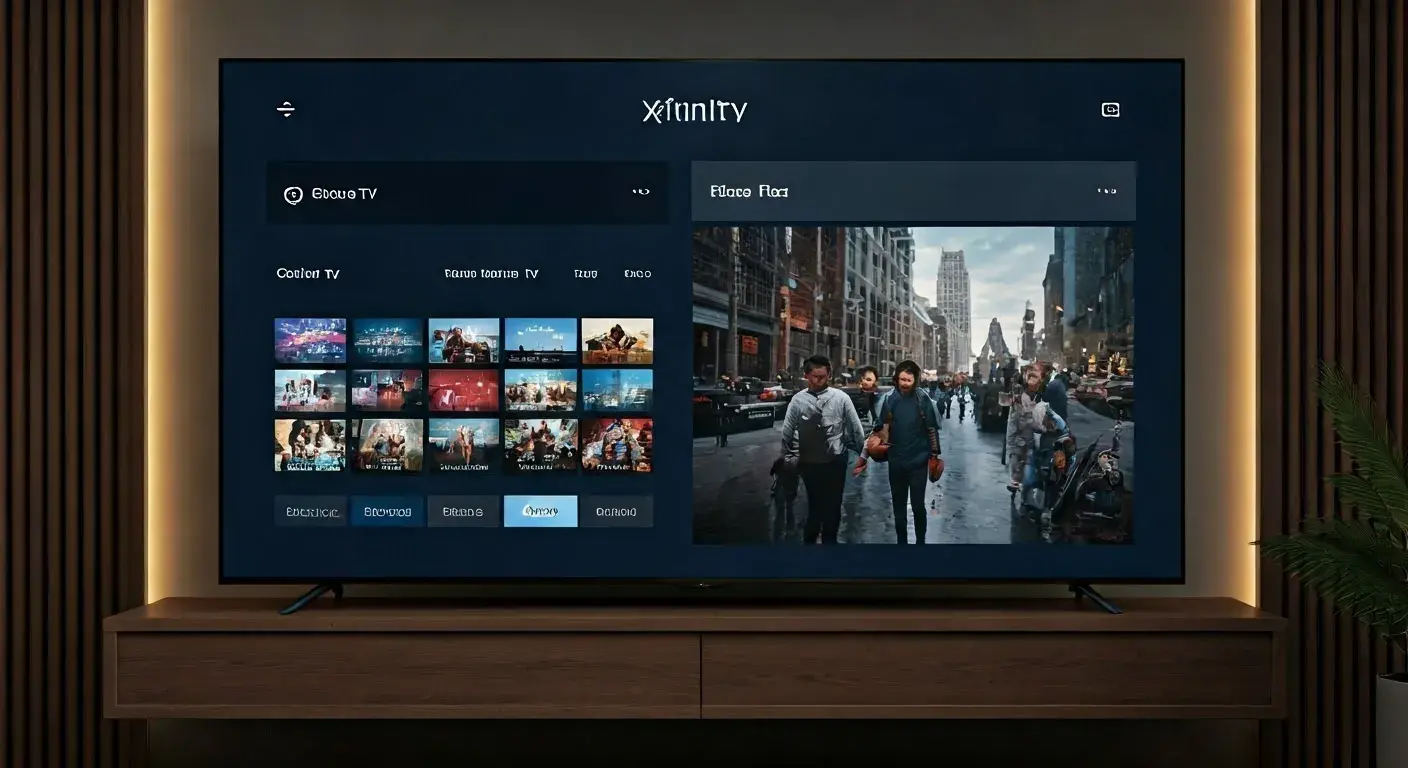How many devices can 300Mbps support Xfinity?
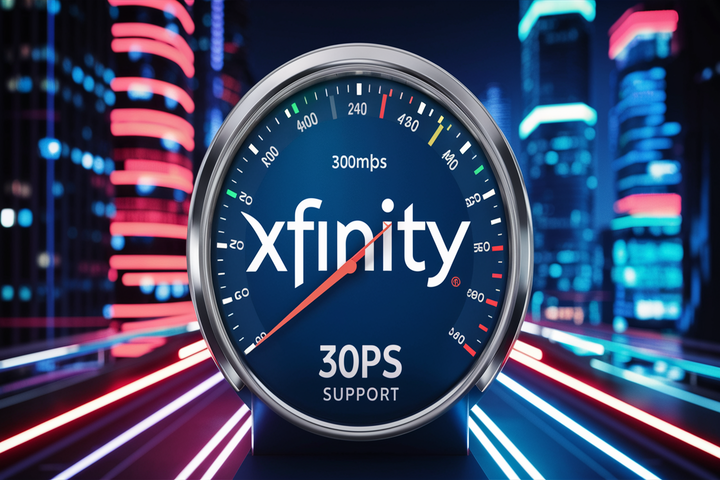
The number of devices one can connect to a 300mbps Xfinity can be determined by the following factors.
As more and more portable smart devices find their way into our homes, from smartphones and tablets through smart TVs, gaming consoles, and smart home appliances, people start worrying about the adequacy of their home Wi-Fi networks. In regards to how many devices actually can be supported by the Xfinity internet plan with a speed of 300Mbps, this article looks into it.
The speeds that you may require can vary based on the type of tasks that you are going to be using the Internet for.
A major consideration when deciding your required internet speed is the number of devices likely to be actively using your home network at any one time. Typically, most Internet service providers give maximum speeds; however, your devices actually do not use that much speed at once.
In general, the recommended quota of Internet connection speed should satisfy the needs of 5-10 active gadgets simultaneously. For five devices it should go with a minimum of 25-50Mbps. For the ten devices, at least 50-100Mbps are necessary. Of course, faster is always better, especially for using the internet during the peak hours when every member of the family may be streaming a movie or playing online games.
Understanding 300Mbps Xfinity Speeds
For home internet connection, Xfinity has many tiers of service with downloads speeds ranging from Level 1 with 25Mbps to gigabit speeds. A 300Mbps plan can be comfortably grouped into the middle-speed range of home internet plans.
The term 300Mbps is used to meaning to show that it is the maximum download speed which is available. However, it has a relatively slow upload speed of 10 Mbps for this specific type of plan. Upload speed describes the ability of the user to transmit data from their devices, such as images or videos, onto the network. If there are many individuals with an active internet connection within the house, a better upload speed is advised.
Real-World Speeds and Consistency
While 300Mbps is the advertised speed, real-world performance may be slower, depending on factors like:While 300Mbps is the advertised speed, real-world performance may be slower, depending on factors like:
- This can be attributed to the fact that your network is congested and there is too much traffic in your area.
- For example, interference from neighboring wireless networks inside your home.
- The ability of the devices in connecting to the network that you have established
- The density of devices in the area of a given signal
ISPs cannot assure customers of reaching the highest connection speed as a matter of policy. Do not expect to achieve the actual advertised rates but look for speed consistency around 80% of the rates advertised. Therefore, when subscribing to a plan of 300Mbps, it would be prudent to expect a speed of around 240Mbps.
Of course, wired connections will always be faster and more reliable than Wi-Fi, bar none. However, most of the time, we use the wireless connection which is more convenient. Only bear in mind that speed will decrease when there are barriers to Wi-Fi connection and when these are interfered.
Estimating Supportable Devices
Taking the real-world factors above into account, a 300Mbps Xfinity plan should have plenty of bandwidth to support:Taking the real-world factors above into account, a 300Mbps Xfinity plan should have plenty of bandwidth to support:
- For relatively less internet usage, the maximum of thirty devices can be connected to a single router.
- The cost for moderate usage of the devices is approximately $15.
- This means for heavy use, should have 10 or fewer.
Light usage examples are, Google Nest, Amazon Echo, smart light bulbs or thermostats which use the internet on and off. It also has light users like the tablet or the laptop for checking emails, or using social networks or even going online for shopping.
Moderate usage involves listening to music or streaming SD video, occasional video calls or teleconferencing, or mild gaming. As used moderately, family members might be streaming a movie or video at the same time with another member browsing the internet or participating in other online activities.
This is because some activities demand more bandwidth than others, such as streaming high-definition or 4k videos on multiple gadgets at once, playing games online, or joining video calls. Given the number of users that connect to the Internet in those large households and the technologically advanced features of the users, the bandwidth consumption will be high.
The utility of achieving 300mbsp is shown below.
To optimize 300Mbps Xfinity performance:To optimize 300Mbps Xfinity performance:
Chose new routers - Maybe routers may not have enough range for large houses. Between the two options, go for the AC1900 or AX1500+ router if you want a reliable one.
Connect large devices via cable – For better connection always wire large immobile devices such as desktop computers, smart TVs, and game consoles.
As for heavy bandwidth consumers, limit 4K streaming to 1 or 2 devices at maximum. shift gaming console updates from late evening peak hours to early morning periods.
Depending on the structure of your home, install Wi-Fi extenders if some areas of your house have weak Wi-Fi coverage for uninterrupted video calls or streaming.
Smart segregation of the network bands – this may involve allocating the 2. 4GHz band to those smart home devices that do not require much bandwidth while dedicating the faster 5GHz band to active users and other high bandwidth users.
All in all, a 300Mbps Xfinity plan is more than capable of delivering adequate internet to a medium sized household with many occupants. However, to get such speeds consistently wirelessly, it requires better home wireless equipment and rationing the bandwidth among the families that indulge heavily in the internet usage.
Ready to elevate your home entertainment? Call us now at +1 844-345-0888 to explore the best Xfinity plans for your home! Enjoy fast internet and premium TV options. Don’t wait—get connected today!

